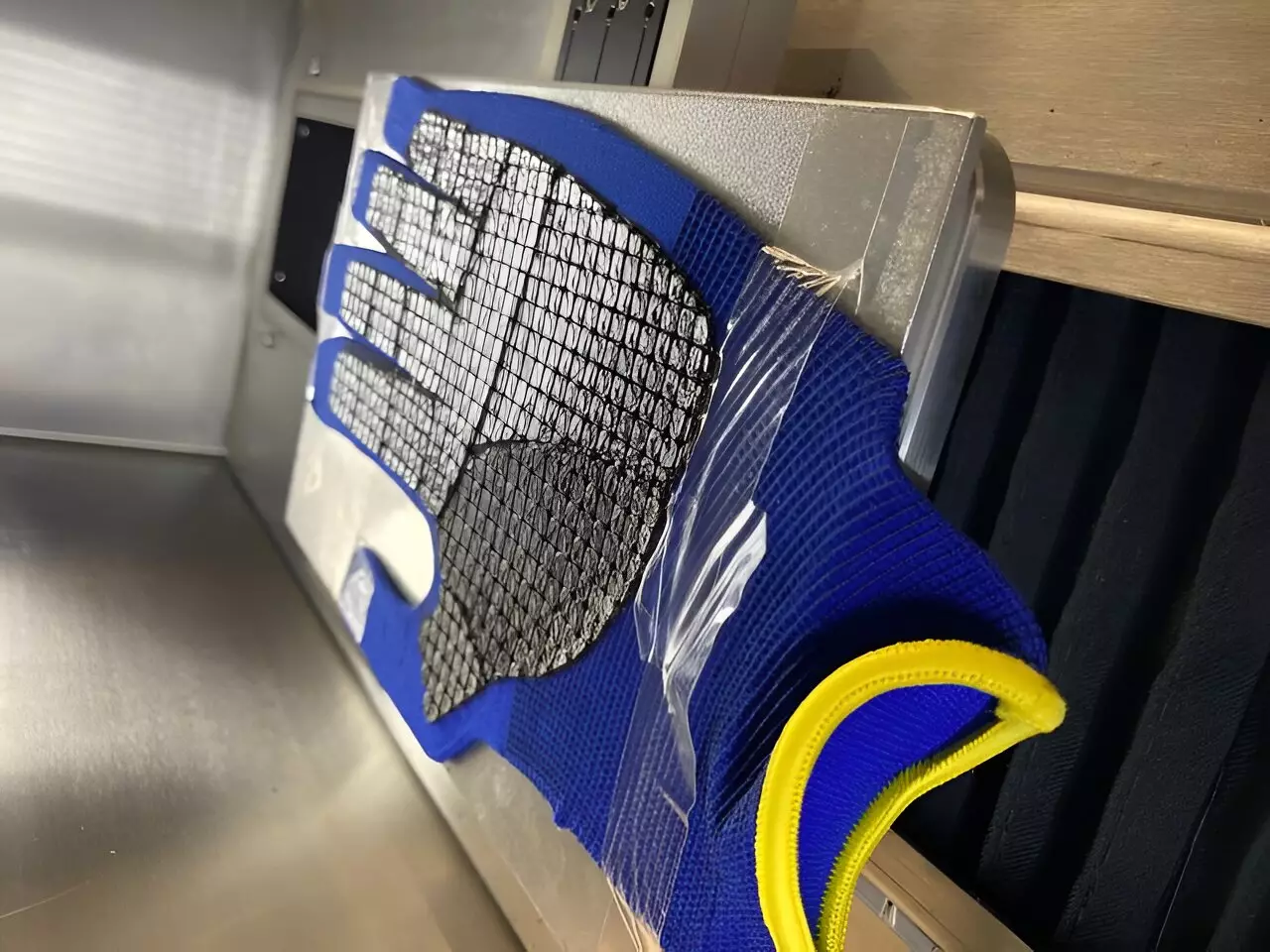Protective gloves serve as essential gear across various domains, including industrial work, gardening, and sports. Traditionally, the effectiveness of these gloves is largely attributed to the coatings used—primarily made from oil-based polymers, latex, or nitrile rubber. These materials offer various protective qualities, such as resistance to abrasions, chemicals, and punctures. However, increased environmental awareness has prompted researchers to reevaluate the materials used in such everyday protective wear, leading to innovations that align better with sustainability goals.
In a groundbreaking development, scientists at the German Institutes of Textile and Fiber Research Denkendorf (DITF) have explored the potential of lignin, a biopolymer derived from plant cells. Lignin is produced as a by-product in the paper industry, allowing for a sustainable approach to glove manufacturing. By utilizing advanced 3D printing processes, researchers have successfully created a coating that not only maintains flexibility and durability but also significantly reduces environmental impact. The move to incorporate lignin into protective gear represents a noteworthy step towards ecological mindfulness in industrial production.
The abrasion that occurs on glove surfaces generates micro-particles that can pollute our ecosystems. In conventional gloves, these particles can linger in the environment due to their chemical compositions and slow degradation rates. The conventional practices heavily rely on non-biodegradable materials that can lead to long-term ecological issues. In contrast, the lignin-based coating exhibits a higher biodegradability, ensuring that any released particles break down more swiftly—thanks to their unique surface-to-volume ratio. This characteristic addresses an urgent environmental concern while maintaining the primary protective function of the gloves.
An essential advantage of integrating 3D printing technology into glove production is the ability to customize fit and performance for individual users. As ergonomic design becomes increasingly important in safety gear, this personalized approach not only enhances wearer comfort but also optimizes functional movement—a critical factor in fast-paced work environments. This adaptability offers an edge over traditional manufacturing processes, where such fine-tuning is often impractical.
The findings emerging from this research project illuminate a multifaceted benefit: protective gloves developed with lignin do not compromise on safety while simultaneously promoting sustainability. With their capability to meet rigorous safety standards, these gloves are poised to revolutionize the protective equipment market. The transition to lignin-based materials paves the way for an eco-friendlier future, indicating that the industry is gradually moving towards incorporating renewable resources.
The development of protective gloves using lignin signifies a pioneering stride in environmentally responsible manufacturing. By prioritizing sustainability without sacrificing protection or durability, this innovation stands to influence the protective equipment industry profoundly—proposing a new paradigm where ecological balance and user safety coalesce harmoniously.


Leave a Reply